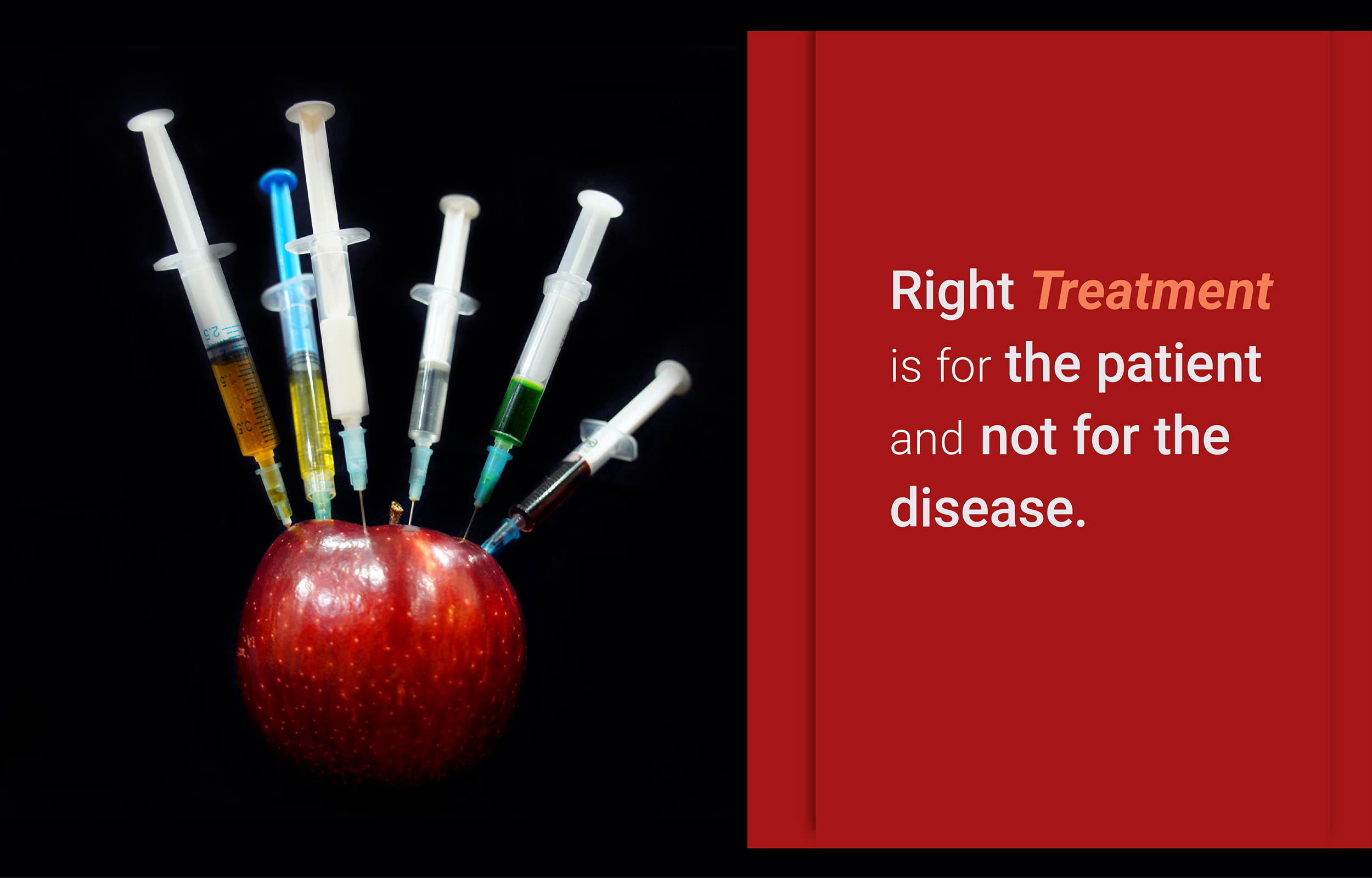Med Access helps you in confirming the correct diagnosis.
We help you find the highest quality expert doctors for your case. Our interactive exercises help you explain your symptoms and ask the right questions. We provide virtual access to these doctors and help you to seek multiple expert opinions to arrive at the correct diagnosis by consensus. We manage and coordinate the entire process.
8 Ways to Help Your Doctor Make the Right Diagnosis
When you feel sick, achy, or exhausted, you want to know why. You want to know now. But it’s not always easy to find the right diagnosis, especially when your symptoms are vague or common. And unfortunately, some of the time the experts come up with a misdiagnosis.
Nobody knows the exact number of cases that are misdiagnosed every year. A rough estimate can be gleaned from studies of autopsies, which show a diagnosis error rate of 10% to 15%. And a recent study of medical malpractice claims done at the Armed Forces Institute of Pathology in Silver Spring, MD found that the top five conditions most commonly misdiagnosed in family medicine were heart attack, breast cancer, appendicitis, lung cancer, and colon cancer.
Here are eight things you should do to make sure you’re getting the right diagnosis from your doctor.
1. Plan for Your Appointment With Specialists
Get a list together of what’s been done so far – any tests you’ve taken, X-rays, MRIs, blood work, etc., and get copies of them.
2. Write Down Each Symptom
“You’d be surprised how frequently patients come to me and then maybe an hour later, I learn ‘oh I forgot to tell you something’ and that thing they forgot is really important,” cipf-es.org says Charles Cutler, MD, an internist from Norristown, Pa., and chair of the American College of Physicians’ Board of Governors.
Sit down at least once, preferably two or three times before your appointment, and write down what you want to talk to the doctor about. And bring a pen and paper to the appointment. If you hear something disturbing, like, “It’s possible it might be a tumor,” you probably won’t remember anything your doctor said, other than “tumor,” so write as much down as you can.
3. Know Your Medical History
Go through your family tree and look at what diseases and conditions run through it. If you don’t know, ask your relatives. Conditions like cancer, heart disease, even depression and anxiety have a genetic component, says Caroline Abruzese, MD, president of Personalized Healthcare in Atlanta.
4. Bring in Your Medications
You want to make sure you’re taking the correct medicine at the correct dose. “Over the years I’ve seen some unusual things with medications, including the wrong pill in a bottle,” says Cutler.
5. Describe Your Symptoms, but Don’t Conclude
Abruzese says she coaches her patients to illustrate the experience they’re having. “If you have ear pain and tell your doctor, ‘I have an ear infection,’ you’re excluding other causes of ear pain, such as TMJ or tooth abscess, and your doctor may do that as well,” she says. Better to keep a wider path and let the doctor entertain all the possibilities. “Accurate but incomplete information is better than definitive but potentially wrong,” says Abruzese.
6. Be Specific About Your Symptoms
Try to get as precise as you can about what you’re feeling. If you’ve got a pain, is it a shooting, sharp pain or a dull ache? Does it come and go after eating? How long does it last? A few seconds? A few minutes? How long have you had it? A week? A month? A year? Does anything decrease the pain?
Also, turn subjective data into the objective. If you feel feverish, for example, take your temperature for a week nightly and write down all the information.
This way when you see your doctor you can say, “I’ve had six headaches in one month, they weren’t relieved by Tylenol, they lasted four hours, and I had nausea with them.” Then give your doctor time to ask questions.
7. Ask Your Doctor What to Expect
If your doctor does make a diagnosis, ask what you should expect and any red flags you should be looking for, says Gordon Schiff, MD, associate director of the Center for Patient Safety Research and Practice at Brigham and Women’s Hospital in Boston. In other words, if you have a viral respiratory infection you should be better in seven days. If you suddenly develop a high fever or feel neck pain, that’s a tip-off that something isn’t right, says Schiff.
8. Question, Question, Question
Don’t be afraid to ask the doctor what he needs to make the diagnosis. Ask point blank: What data do you need to get to the bottom of this? What’s your differential diagnosis? (the list of diagnoses it could be) Are there other specialists, procedures, or tests that would help you make the diagnosis? When do you want me to make the next appointment and what information can I bring to help make the diagnosis? Is there a specialist I should see?
Once you have a diagnosis, don’t be afraid to second guess your doctor. Are you sure this is what I have? What makes you think that?
And don’t be afraid to ask for a second opinion. “I’m not perfect and to go to another doctor and get another opinion doesn’t threaten me in any way,” says Cutler. Nature, science, and biology are unpredictable, he says. “Good doctors are not threatened by a second opinion. In fact, they’re strengthened by it.”
By Leslie Pepper
Resource
From the WebMD Archives

